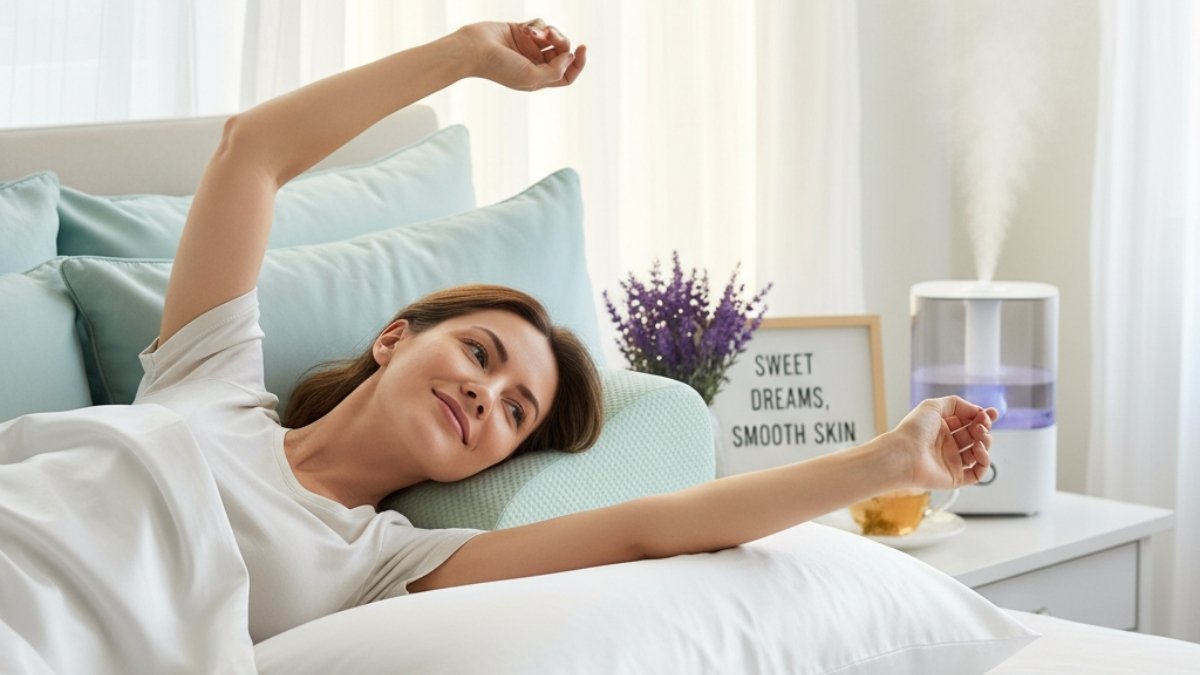
You wake up, maybe after a really good, deep sleep, and you catch your reflection. And there they are. Faint vertical lines on your cheek or forehead that definitely weren’t there when you went to bed. In your twenties, they’d vanish by the time you finished your first cup of coffee. But now… they seem to be sticking around a little longer.
It feels like a betrayal, doesn’t it? Sleep is supposed to be our great restorer, our nightly reset button. It’s when our skin is meant to be repairing itself, building collagen, and getting its glow back. And yet, the very act of sleeping, of pressing our face into a pillow for a third of our lives, is physically ironing wrinkles into our skin.
I want to talk about this because it’s one of the most overlooked parts of skin aging. We spend so much time and money on serums and sunscreens—and we absolutely should, the global anti-aging market is expected to hit over $140 billion by 2034 for a reason. But we’re missing a huge piece of the puzzle if we’re not thinking about the mechanics of how we sleep.
First, Let’s Be Clear: These Aren’t Your Normal Wrinkles
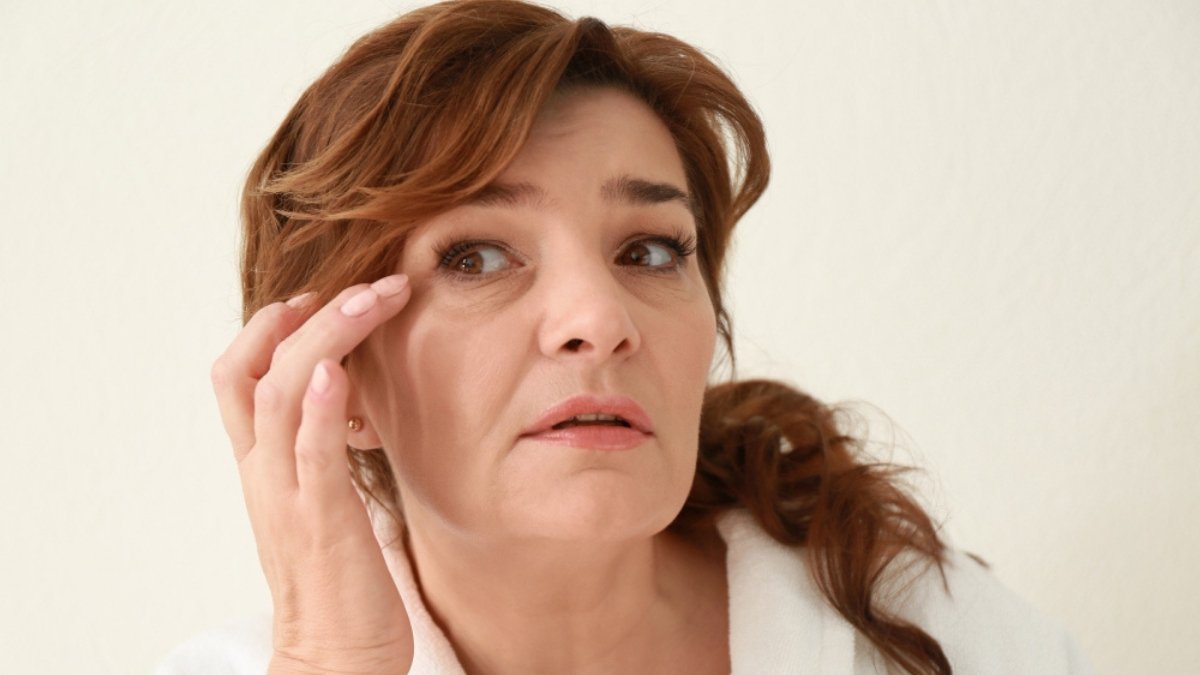
It’s really important to get this straight from the start. The lines you get from smiling or frowning are totally different from the ones you get from your pillow.
- Expression Wrinkles: Think of these as the result of a life well-lived. They happen from the inside out, caused by thousands of muscle contractions from laughing, concentrating, or worrying. They usually form horizontally across the forehead or fan out from the eyes. And for these things, like Botox, can work wonders because they relax the muscles, causing the creases.
- Sleep Wrinkles: These are a whole different beast. They’re caused by an external force—your face being squished, stretched, and compressed against a surface for hours on end. They often show up as vertical or slanted lines, especially on your cheeks, forehead, and around your lips. And because they have nothing to do with muscle movement, Botox is completely useless against them.
This is why prevention is, without a doubt, the best strategy. So let’s get into what’s really going on when the lights go out, and what we can actually do about it.
The Nightly Battle: Your Skin’s Repair Crew vs. The Pillow

Every night, a war is waged on your face. It’s a battle between your skin’s incredible, built-in repair crew and the physical forces of your sleep environment.
On the one hand, you have the good guys: The Cellular Night Shift.
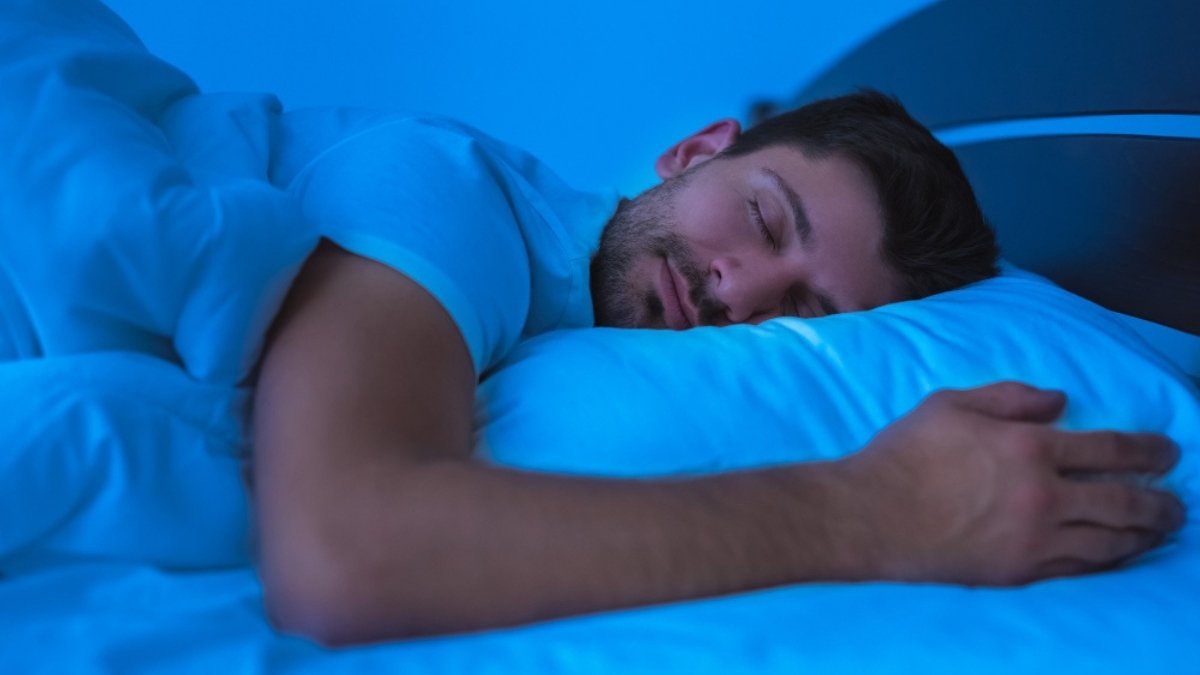
When you fall into a deep sleep, your body goes into full-on regeneration mode. It’s amazing, really. Your skin has its own internal clock, a circadian rhythm, that tells it when to ramp up repairs. Growth hormone production surges, kicking collagen and elastin synthesis into high gear—these are the proteins that give your skin its bounce and firmness. Blood flow to the skin increases, delivering a fresh supply of oxygen and nutrients to fuel the whole operation.
But here’s the catch: this amazing repair crew can only do its job if it gets the chance.
And that’s where the trouble starts: The Bad Guys.
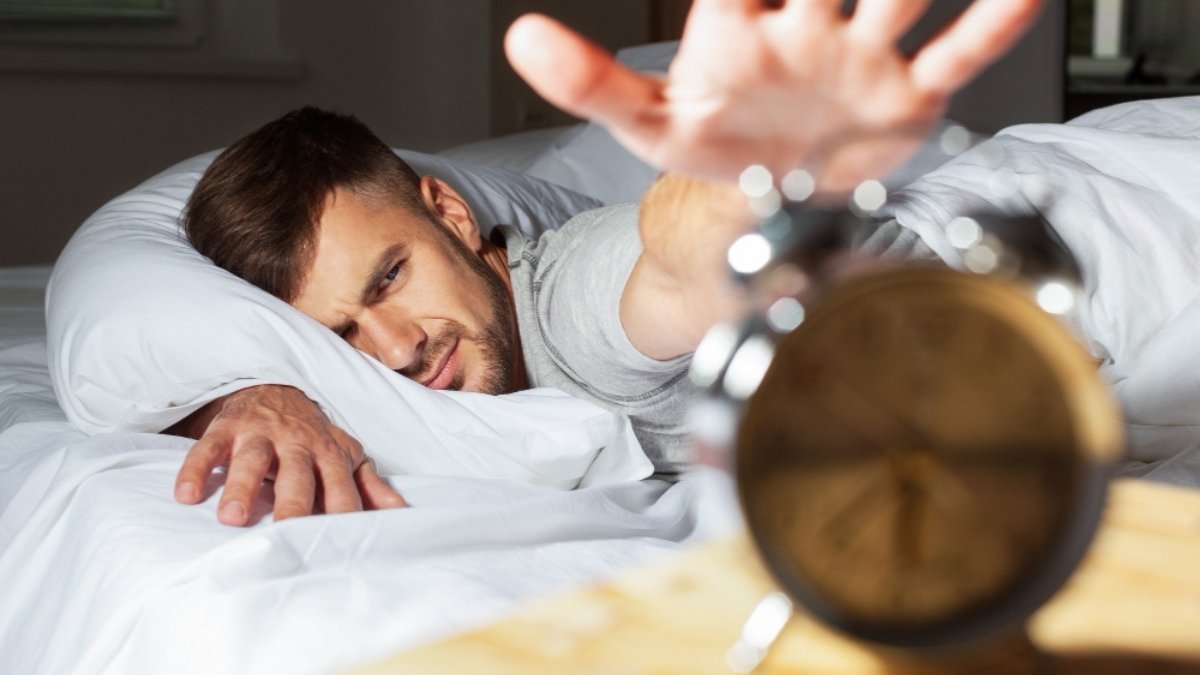
When we don’t get enough quality sleep, everything goes haywire. The stress hormone cortisol spikes, which actively breaks down the collagen your body is trying to build. Your skin’s protective barrier weakens, leading to dehydration and making it less resilient. One study found that poor sleepers had a 30% worse barrier recovery than good sleepers—that’s a huge difference. Another small study saw wrinkles and frown lines actually increase after just one night of bad sleep.
So now you have this weakened, dehydrated, less-elastic skin. And what do we do with it? We smash it into a pillow for eight hours.
This is the mechanical part. The forces of compression (pushing down), shear (stretching sideways), and tension (pulling) distort your face. When you’re young, your skin is elastic enough to bounce right back. But as we get older, our skin loses that ability. The creases stick around. And to make matters worse, we tend to move around less as we age—shifting maybe 16 times a night instead of 27—meaning our face stays in that crumpled position for even longer.
It’s this combination of weakened skin from the inside and physical pressure from the outside that creates the perfect storm for permanent sleep wrinkles. It’s so predictable that dermatologists can often tell which side you sleep on just by looking at your face.
7 Tweaks to Re-Engineer Your Sleep for Smoother Skin
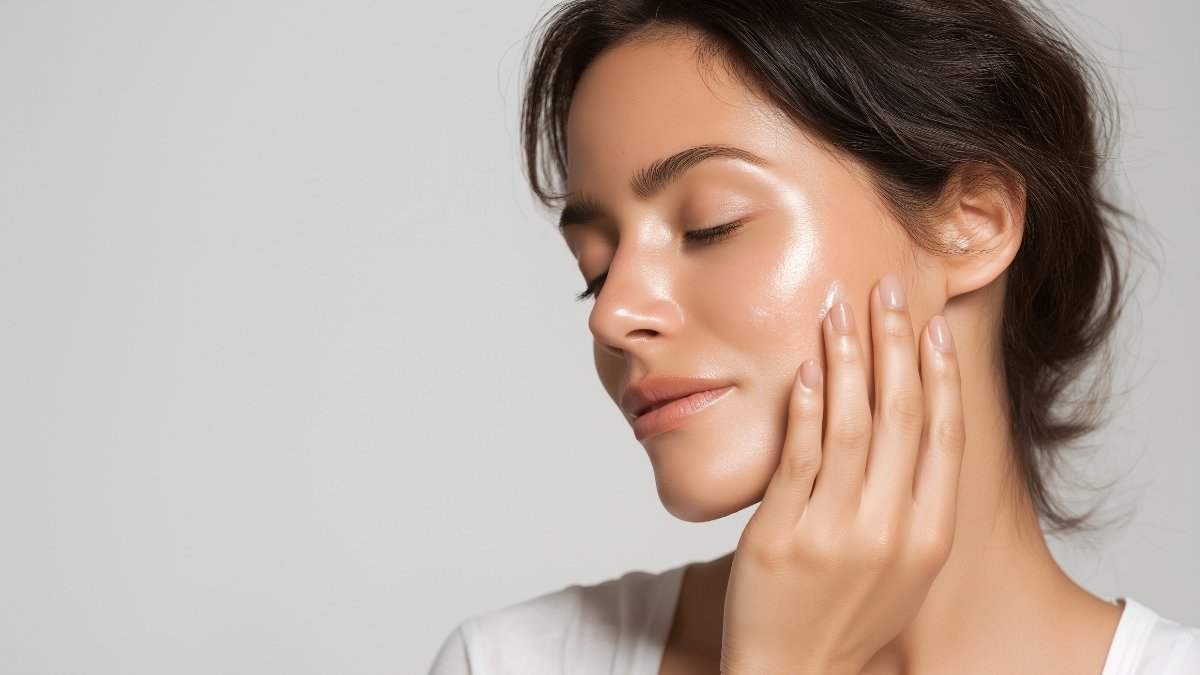
Okay, that was the science. It’s a little grim, I know. But the good news is that this is almost entirely preventable. You don’t need a thousand-dollar cream. You just need to be strategic about your sleep setup. Here are the seven tweaks that can make a world of difference.
Tweak 1: The Single Best Thing You Can Do: Sleep on Your Back
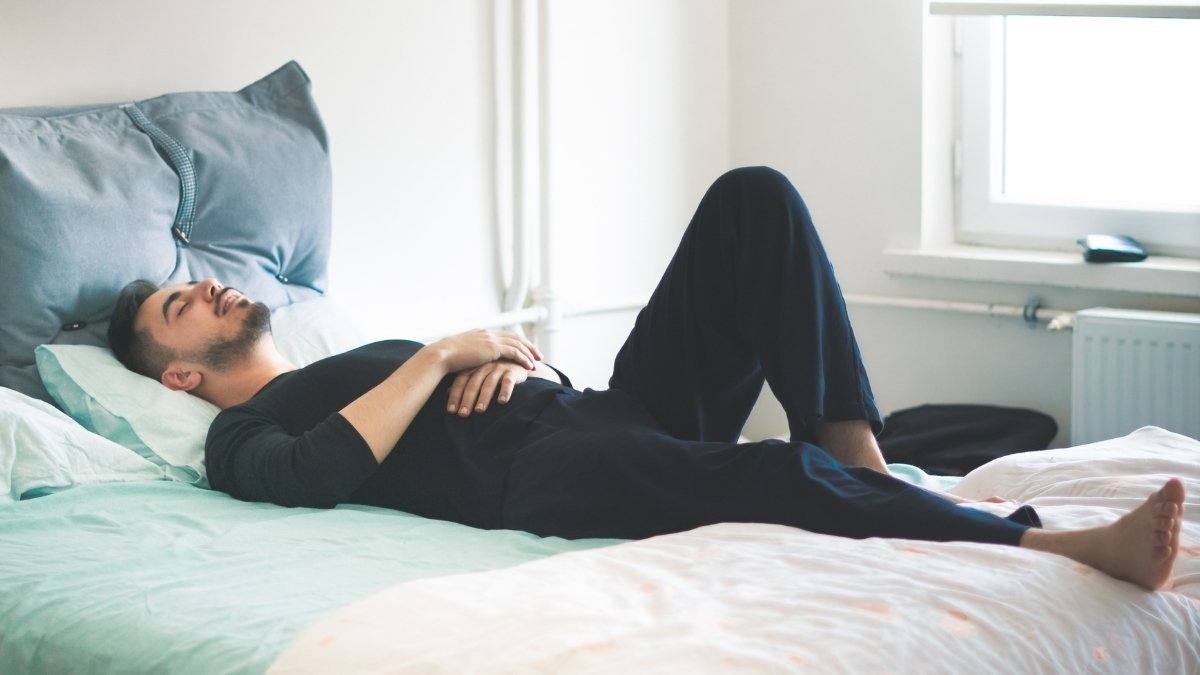
Look, I’m going to be straight with you. If you only do one thing, make it this. The most effective way to stop sleep wrinkles is to remove the cause: your face touching the pillow. Sleeping in the supine position (on your back) does exactly that.
The problem? Most of us don’t do it. Studies show that about 65% of us are side-sleepers, and another 5% are stomach-sleepers. That means the vast majority of us are actively creating these wrinkles every single night. As facial plastic surgeon Dr. Konstantin Vasyukevich puts it, sleeping on your back is simply “the best position for prolonging youthful skin”. It’s a total game-changer.
Tweak 2: Not a Back-Sleeper? Here’s How to Train Yourself.
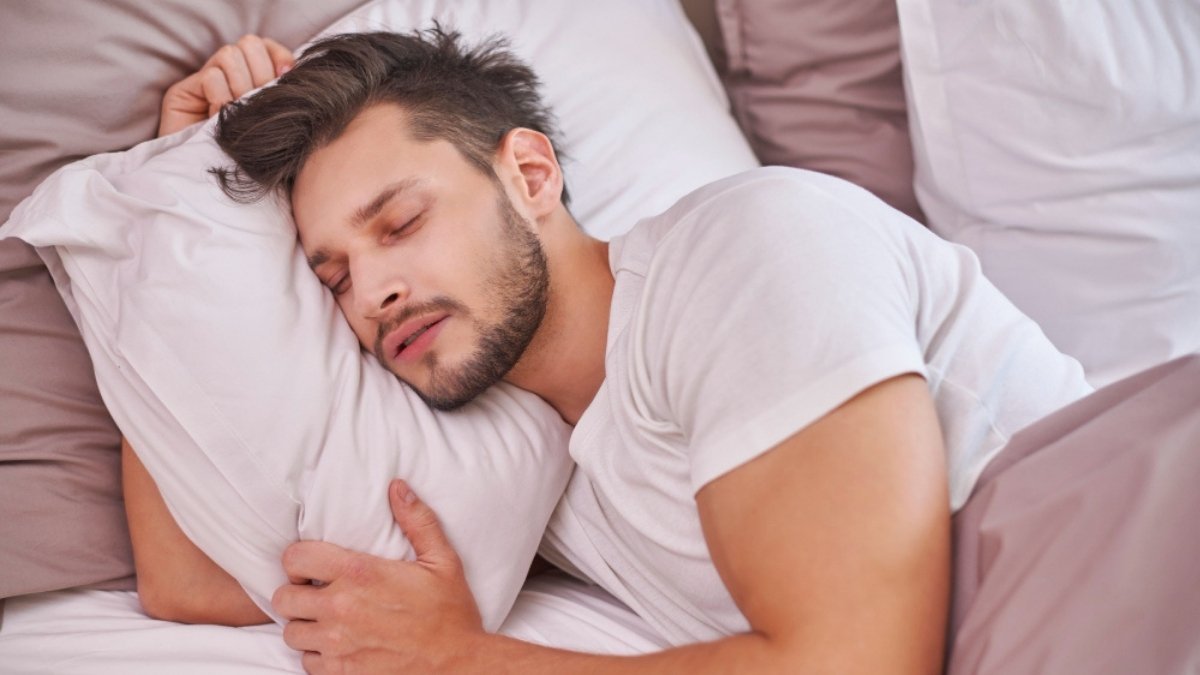
I get it. Telling a lifelong side-sleeper to just “sleep on your back” is like telling someone to write with their non-dominant hand. It feels weird and unnatural. But you can train your body. It just takes a little engineering.
The trick is to build a “pillow fort” that makes it uncomfortable to roll over.
- Put a pillow under your knees. This is key. It takes the pressure off your lower back, which is a major reason people find back-sleeping uncomfortable.
- Wedge pillows alongside your body. Tuck firm pillows right up against your sides. This creates a physical barrier that makes rolling over a conscious effort instead of an unconscious habit.
You also need the right pillow for your head—something with a medium height that supports the natural curve of your neck without pushing your chin to your chest. And be patient. It can take a few weeks for the new position to feel normal, so stick with it.
The Science of Sleep Positions
How your favorite sleeping style affects your beauty and health.
| Impact Area | Supine (Back) | Lateral (Side) | Prone (Stomach) |
|---|---|---|---|
| Facial Wrinkles | Basically Zero. No pressure, no distortion. The holy grail for your face. | Very High. The absolute worst for wrinkles. You’re putting maximum pressure on your forehead and face. | **High.** This is where the trouble starts. Squishing one side of your face creates vertical lines on cheeks/forehead. |
| Neck/Spine Alignment | Excellent. Keeps your head, neck, and spine in a happy, neutral line. | Good, but only with the right pillow. You need a firm, thick pillow to fill the gap. | Terrible. You’re forced to crank your neck to one side for hours, which is a recipe for pain and misalignment. |
| Facial Puffiness | Reduced. Elevate your head slightly, and it gets even better. | Moderate. Fluid can pool on the side you’re sleeping on. | High. Gravity and pressure team up to make you puffy. |
| Other Health Considerations | Often recommended to help with snoring and acid reflux. | Generally considered the least healthy position for your spine. | Terrible. You’re forced to crank your neck to one side for hours, which is a recipe for pain and misalignment. |
Tweak 3: If You Can’t Sleep on Your Back, Upgrade Your Pillowcase
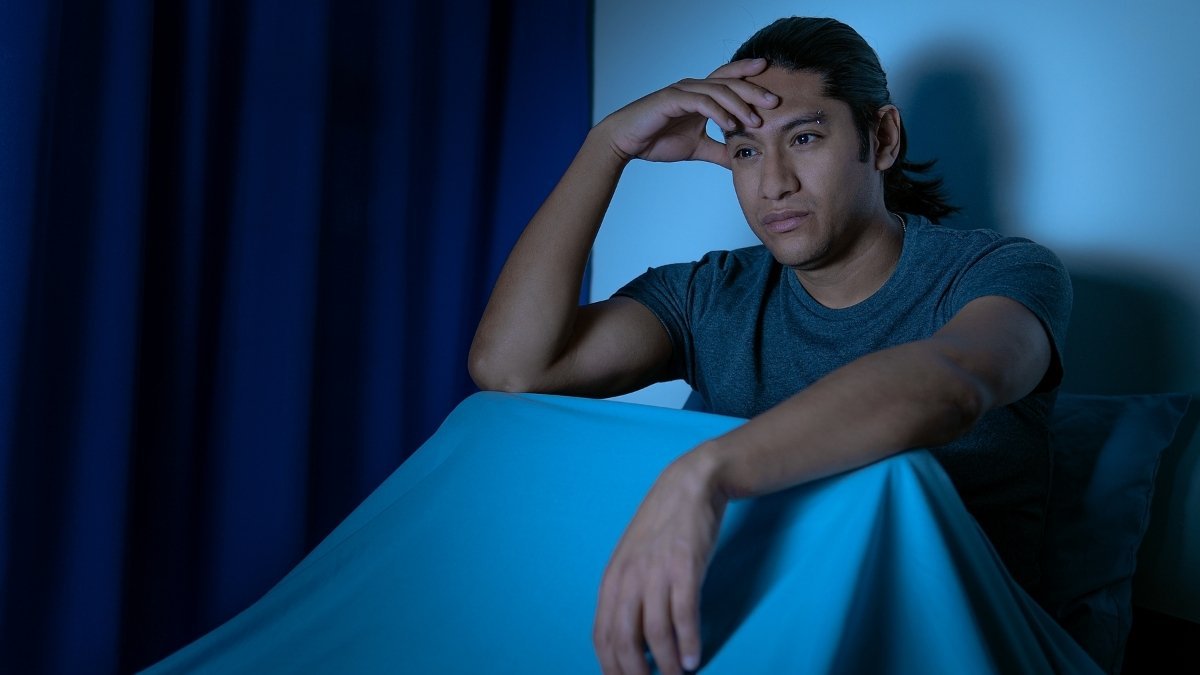
If you’re still a side-sleeper (or in the process of converting), the surface your face touches matters. A lot.
Your standard cotton pillowcase is secretly a menace to your skin. First, it’s rough. That friction tugs at your skin all night, which can slowly break down collagen. Second, it’s super absorbent. It literally sucks the moisture out of your skin and steals the expensive night cream you just applied.
Switching to something smoother like silk or satin is a huge upgrade. Your skin will glide across the surface instead of dragging, which means less creasing. These fabrics are also way less absorbent, so your skin (and your products) stay where they belong. While satin is a great budget-friendly option, real Mulberry silk is often considered the best because it’s naturally hypoallergenic and incredibly gentle.
Tweak 4: The High-Tech Option: A Pillowcase That Fights Wrinkles While You Sleep
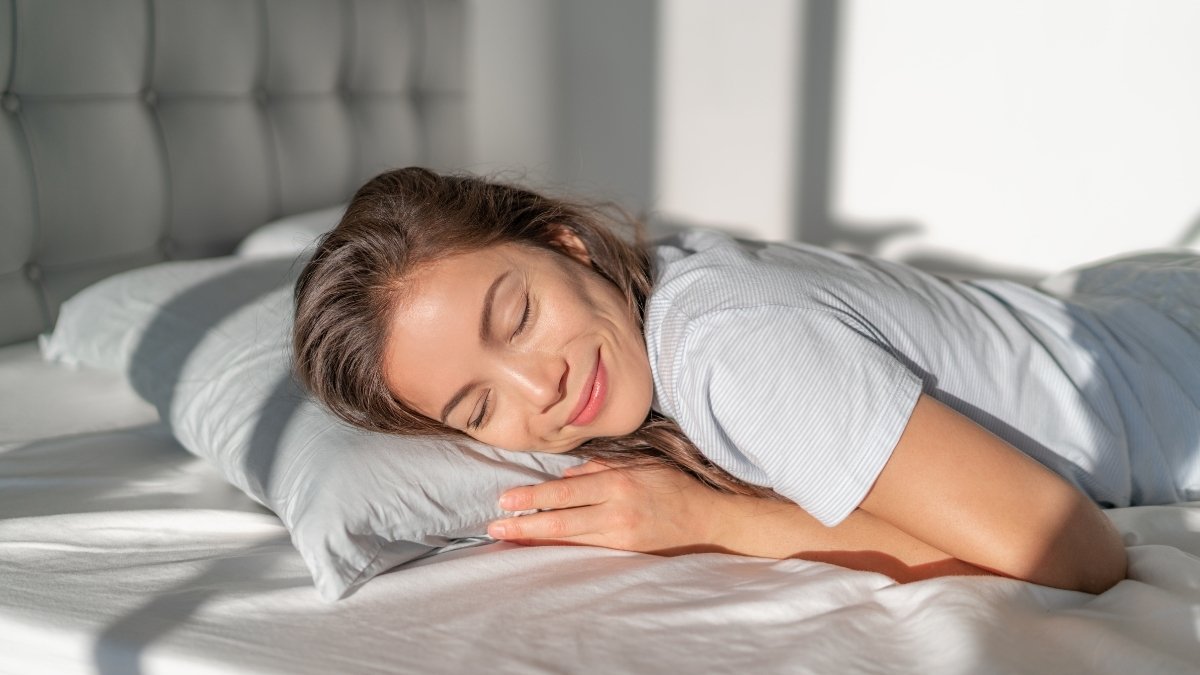
Okay, this is where things get really interesting. What if your pillowcase could go beyond just preventing damage and actually treat your skin? That’s the idea behind copper-infused textiles.
Copper is a mineral that’s essential for building collagen and elastin—the very proteins that keep skin firm.30 And the science here is pretty compelling. A major double-blind, randomized, placebo-controlled study (the gold standard of research) had people sleep on pillowcases with 1% copper oxide woven into the fabric. The results were impressive:
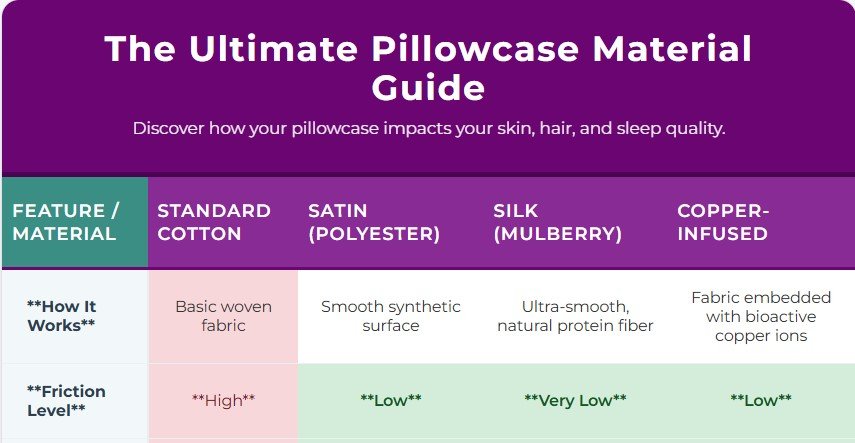
- After just 4 weeks, there was a significant reduction in crow’s feet, and even more so at 8 weeks.
- 3D imaging showed that skin roughness was reduced by an average of about 9% per month in the group using the copper pillowcases.7
- Other studies have found that these pillowcases can also improve skin lifting and brightness.

This is a pretty big deal. It essentially turns your pillowcase into a passive, all-night skincare treatment.
Tweak 5: Change the Pillow, Not Just the Pillowcase
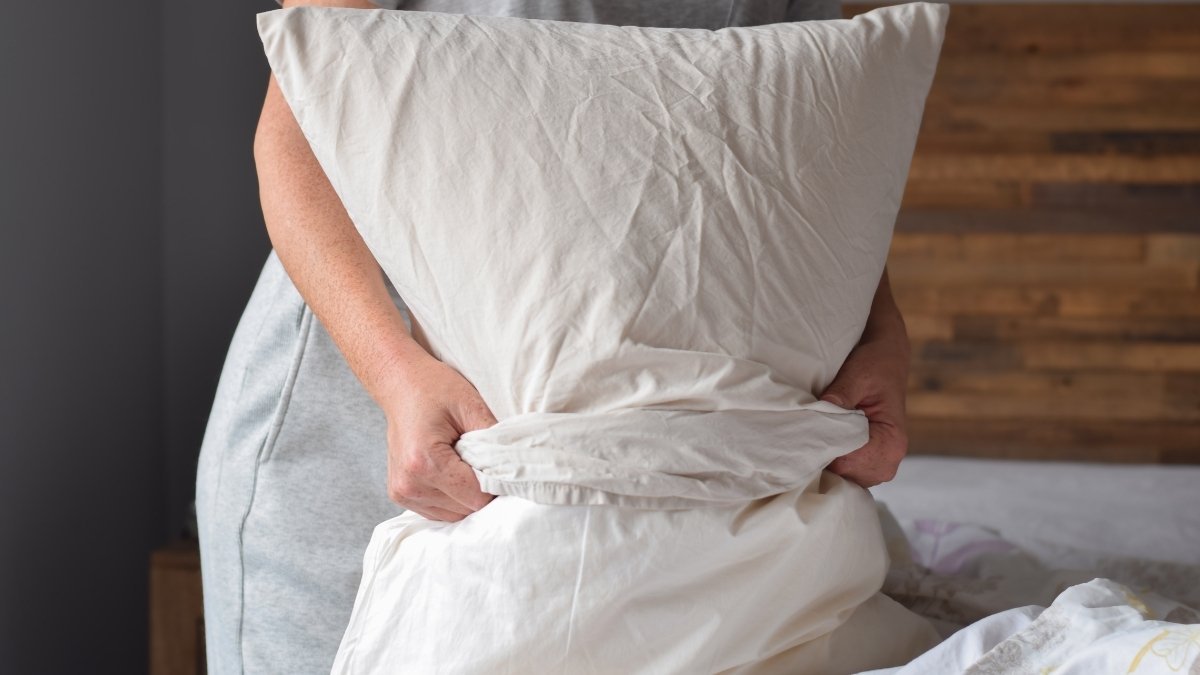
While the fabric handles friction, the pillow’s shape handles the heavy-duty force of compression. This is where ergonomic and anti-wrinkle pillows come in.
These pillows are cleverly designed with cut-outs and contours to redistribute the pressure from your head. Instead of your cheeks and the delicate skin around your eyes taking all the weight, the pressure is shifted to more solid areas like your forehead and chin. One study on a specially designed pillow found that after 28 days, users had a significant decrease in wrinkle density, especially around the eyes. Celebrity esthetician Renée Rouleau has a great way of putting it: “squishing your face into a pillow for approximately 2,500 hours per year is like ironing wrinkles into the skin”. These pillows are designed to stop that from happening.
Tweak 6: Turn Your Bedroom into a Skin-Hydrating Spa
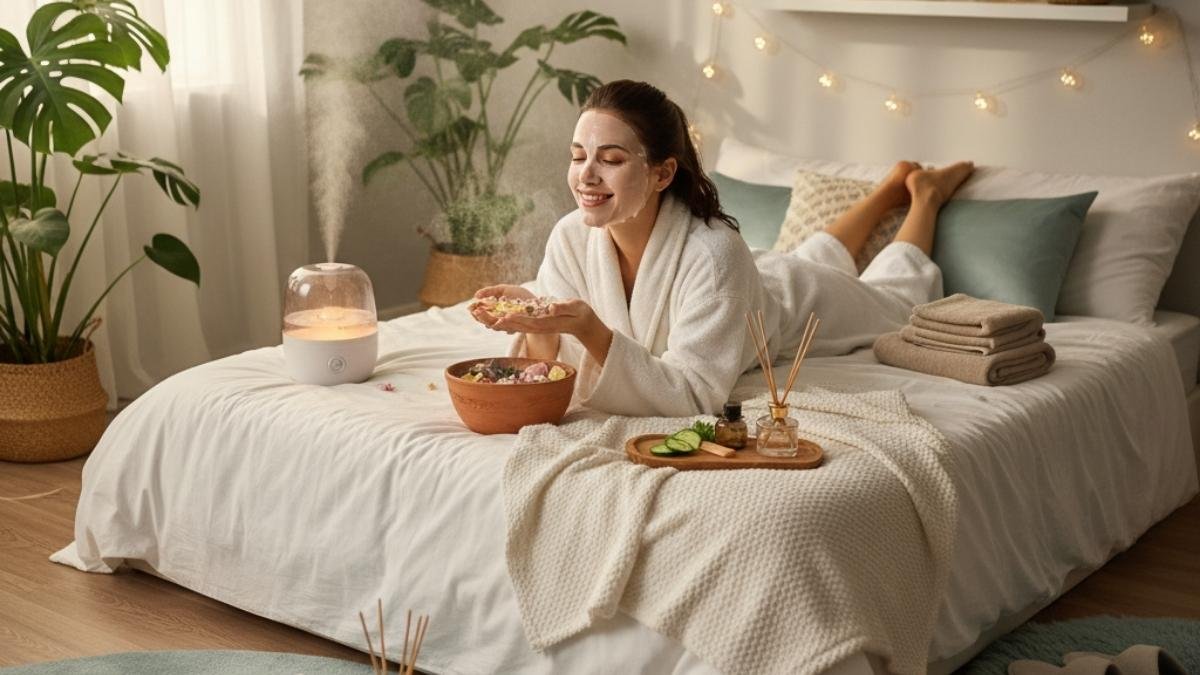
Ever notice how your skin looks plumper and more glowy on a humid day? That’s because your skin is constantly exchanging moisture with the air around it. When the air is dry (thanks, winter heating and summer AC), it actively pulls moisture out of your skin.
Dehydrated skin makes every single fine line and wrinkle look ten times worse. One fascinating study showed that when people smiled in a low-humidity room, the skin around their eyes formed sharp, distinct creases. But when they smiled in a high-humidity room, the strain was spread out, and fewer wrinkles formed.4
The optimal humidity level for your skin is between 40% and 60%. The easiest way to achieve this is to run a humidifier in your bedroom at night. It’s a simple yet effective solution, as it helps maintain a healthy and hydrated skin barrier, which is your first line of defense against wrinkles. As dermatologist Dr. Jessica Wu says, a humidifier “helps restore moisture to the skin, which keeps it supple, radiant, and healthy”.
Tweak 7: Use Gravity to Your Advantage
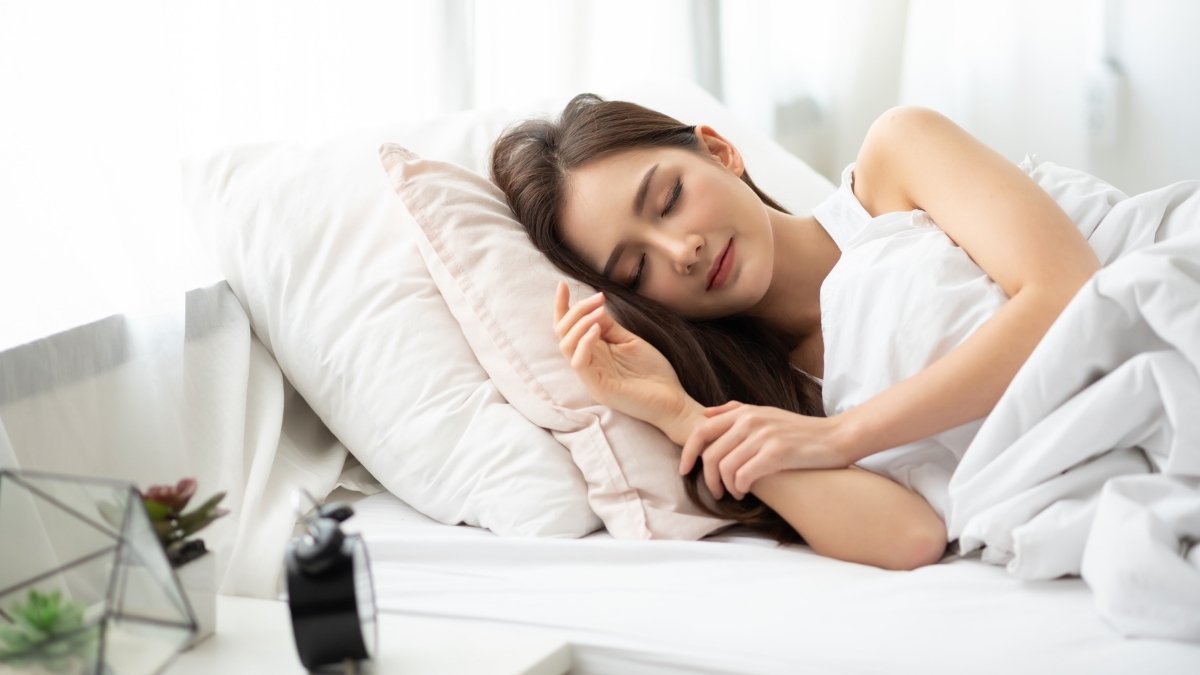
This last one is a simple trick to combat that morning puffiness, especially around the eyes. Sleeping with your head slightly elevated—just 20 to 30 degrees is enough—helps prevent fluid from pooling in your face overnight.
You can do this with a wedge pillow, an adjustable bed, or even just by stacking your pillows strategically. While puffiness is temporary, some experts believe that the chronic nightly swelling and stretching of the delicate eye skin could contribute to laxity over the long term. So, letting gravity do some of the work for you is a smart, preventative move.
Need More Help? Look Into These…
Making these changes can feel like a big leap, but having the right gear can make all the difference. Think of these products not as magic solutions, but as powerful allies that make it easier to build these skin-saving habits into your nightly routine. Here are a few ideas to get you started.
1. Coop Sleep Goods Original Pillow.
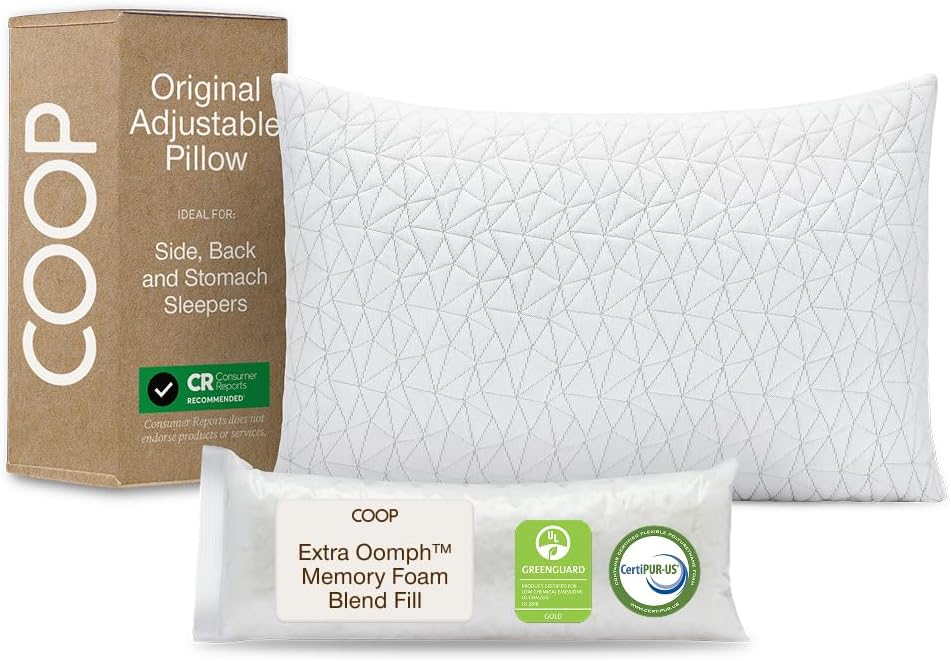
If you’re trying to train yourself to sleep on your back, comfort is everything. This pillow is a fan favorite because it’s filled with shredded memory foam that you can add or remove, letting you customize the height and firmness perfectly for your body. Getting that neck support just right makes staying on your back so much easier.
2. Ravmix 100% Pure Mulberry Silk Pillowcase.
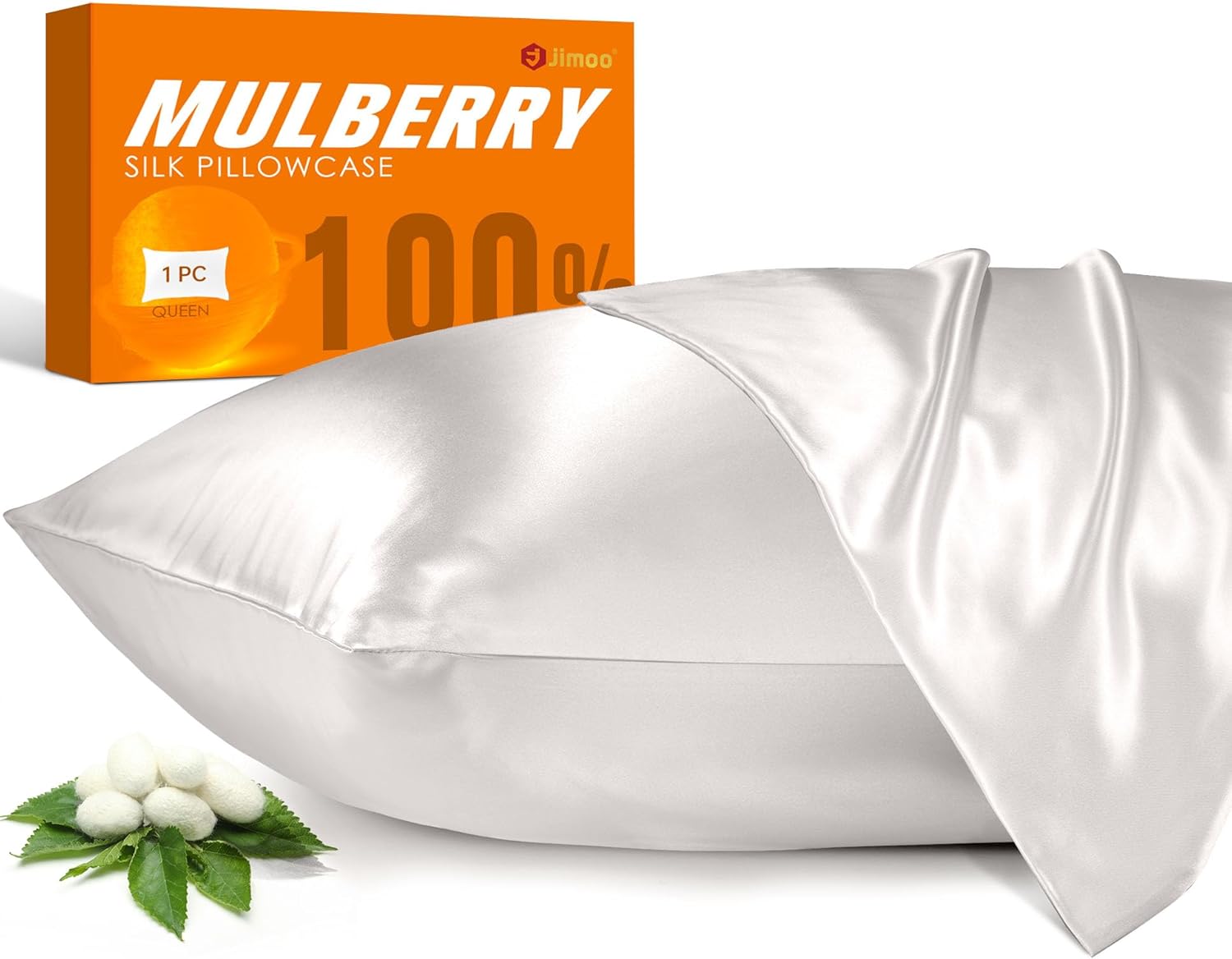
If you’re going to make one small, affordable change, this is it. A silk pillowcase lets your skin glide instead of drag, reducing friction and those morning creases. This one is a great entry point into the world of silk—it’s made from high-quality mulberry silk without the super high price tag, so you can see the difference for yourself.
3. Sleep & Glow Omnia Anti-Aging Beauty Pillow.

For dedicated side-sleepers who just can’t make the switch to their back, this pillow is ingeniously designed. It has special side cradles that let you sleep on your side while minimizing the contact and pressure on your face. It’s a more targeted tool for directly fighting that nightly “face smush.”
4. Envy PRO-Aging Ergonomic Pillow with COPPER + SILK Pillowcase.

This one is like a multi-tool for your beauty sleep. The pillow itself is ergonomic to support your neck and encourage back sleeping, and it comes with a pillowcase that’s both copper-infused and made of mulberry silk. You’re getting the benefits of reduced friction from the silk, plus the clinically-studied, collagen-supporting properties of copper, all in one go.
5. Levoit Classic 300S Ultrasonic Smart Humidifier.

Don’t underestimate the power of a good humidifier. Keeping your bedroom’s humidity in that sweet spot (40-60%) helps your skin stay hydrated all night long. This Levoit model is a favorite because it’s super quiet (so it won’t disturb your sleep), easy to clean, and powerful enough for most bedrooms.
Putting It All Together: Your New Nightly Ritual
I know this might seem like a lot, but you don’t have to do it all at once. The goal here isn’t perfection; it’s progress. Start with the change that feels easiest to you.
Maybe you start by just switching to a satin pillowcase. Or maybe you commit to trying the pillow fort for one week to see if you can get used to sleeping on your back.
The point is to stop seeing your bed as a passive place where aging just happens to you. Your sleep environment is an active tool. By making a few conscious tweaks, you can transform those eight hours from a time of potential damage into a period of powerful preservation and repair. It’s about being intentional and turning your beauty sleep into something that is truly, actively, making your skin better. And that’s a goal worth sleeping on.





